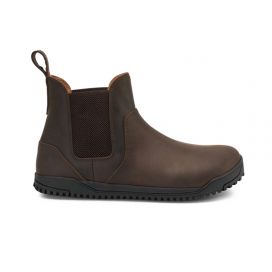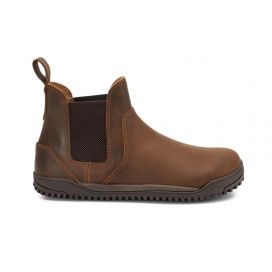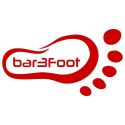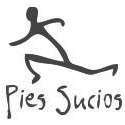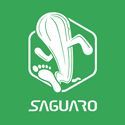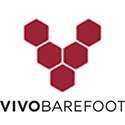No products
Prices are Management included
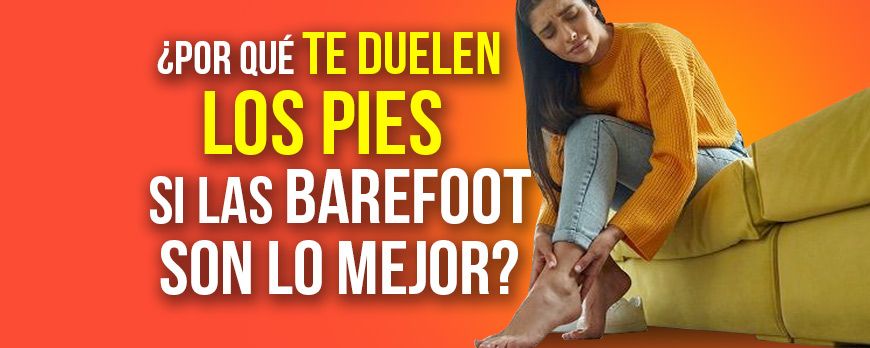
Why do your feet hurt if barefoot shoes are the best?
Because it's not magic.
It isn't, nor does it intend to be.
You'll see.
Pepi, a client, tells us the following.
She went to the podiatrist for her foot pain, has stiff feet, high arches, claw toes, and also a shortened soleus muscle.
Her podiatrist prescribed sneakers with an 8 mm drop (rear elevation), anterior rocker, and a semi-rigid heel counter.
In theory, the perfect prescription.
But in practice, it was the opposite.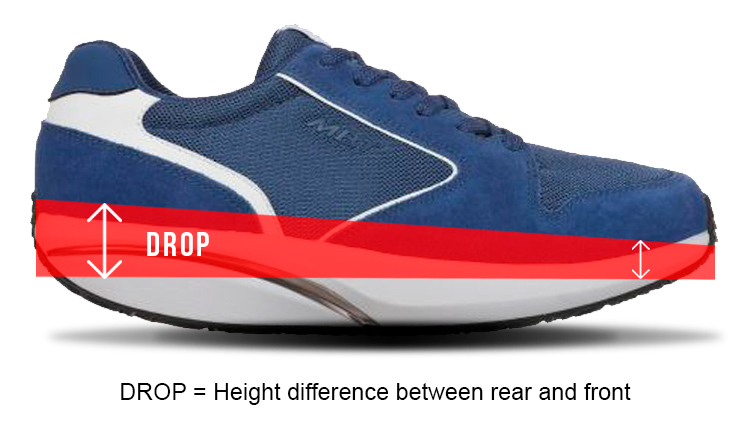
She says:
“I bought sneakers with these features but I can't stand them, they cause a lot of pressure on the front part and when I take them off my foot hurts more than before.”
So Pepi made a switch and moved from a boat-like sneaker to a barefoot.
She didn't buy them.
She borrowed some Saguaro from her mother.
And what happened?
What happens when you've been living with crutches all your life and decide to suddenly drop them.
A few days later, her back hurt.
She developed calluses on the soles of her feet.
She felt that walking was a torment.
Not because walking is bad.
But because her muscles were not prepared.
She went from 0 to 100 in two days.
Without adaptation. Without transition.
As if someone who has never been to the gym suddenly starts lifting 100 kilos in squats.
Logical that her back would hurt.
That's how it is.
So let's take it step by step.
If you experience what Pepi did, or something similar, follow these tips.
First. You need a transition model.
Forget the extremes.
Neither orthopedic support sneakers nor the most minimalist or barefoot ones on the market.
A middle ground.
Flexible sole, wide at the toes, no drop or very little.
Enough protection to feel the ground without suffering every stone.
Second. Use minimalist footwear wisely.
If from the first day you spend all day with barefoot shoes, don't later say that the barefoot footwear is a cult and you've been deceived.
Start gradually:
- 20-40 minutes a day to get your feet accustomed
- Alternate with traditional footwear while strengthening your muscles
- If it hurts, stop. But don't give up
Third. Wake up your feet.
If you've never worked out the muscles in your feet, now is the time.
I'll leave you some exercises at the end.
There are more, many more.
But with these you have enough to start and make progress beyond measure.
And finally...
The BEST exercise of all:
Walking barefoot on natural surfaces.
Grass.
Sand.
Stones…
Cheap.
Easy.
Enriching.
What you did as a child. What your body has always needed.
Just go ahead, walk barefoot.
Imagine that!
And if you're wondering which model is best for this transition, here it is.
They are the usual boots, but comfortable as never before.
That you can wear on cold and rainy days, while your feet change, strengthen, and adapt.
A model that in addition to comfort will give you confidence in the change.
So that your feet stay young and carry you wherever you want to go.
Without depending on anyone.
Without depending on anything.
Xero Shoes Ridgeway Chelsea for Men and Women.
Seriously amazing.
Health starts at your feet.
Antonio Caballo
PS. Don't expect miracles.
Don't make the change abruptly.
Start with transition and strengthening.
Barefoot is not magic.
It's a journey.
And you decide how to travel it.
↓ ↓ ↓
↓ ↓
↓
EXERCISES FOR STRENGTH, MOBILITY, AND STABILITY IN YOUR FEET
They are simple, but effective if you do them consistently.
1.- Lift your toes (it might seem silly, but it's magical)
- Place your bare feet on the ground.
- Lift just the big toe while keeping the other toes grounded.
- Then, lower the big toe and lift the other four toes.
- Finally, lift all your toes at once and then lower them.
- Repetitions: 3 sets of 8 repetitions.
Advice: If you can't initially move the toes independently, don't worry, just attempting is already a lot.
2.- Walking on tiptoes and heels
- Walk on your tiptoes for 30 seconds.
- Then walk only on your heels, without the front part of your foot touching the ground.
- Repetitions: 3 rounds of 10 seconds each.
Advice: If you feel unsteady, do it near a wall.
3.- Toe grip (picking up objects)
- Place a towel or marbles on the ground.
- Use your toes to grab and lift them.
- Repetitions: 5 repetitions per foot, 3 sets.
Advice: You can start seated and then progress to standing for more difficulty.
4.- One-leg balance
- Stand up and lift one leg, supporting yourself only on the other.
- Hold the balance for 20 seconds.
- Repetitions: 3 times per leg.
Tip: To make it more challenging, close your eyes or stand on an unstable surface (like a pillow).
Dejar un ComentarioDejar una respuesta
Blog categories
- Running Technique
- Shoes Review
- Scientific studies
- Nike and minimalist shoes
- Morton neuroma
- Bunions
- Podiatrists' opinion on...
- Claw toes, crowded toes,...
- Flat feet
- Runner's injuries, runner's...
- Sprained feet, ankle sprains
- Footwear for wide feet or...
- Heel and back pain
- Children's feet and...
- Circulation and bone...
- Knee pain, osteoarthritis,...
- Plantar fasciitis
Últimos Comentarios
Antonio Caballo
Feet that are not feet and that's why they hurtCristina Schmitt
Feet that are not feet and that's why they hurtAntonio Caballo
Is Barefoot expensive? you will see that Yes

